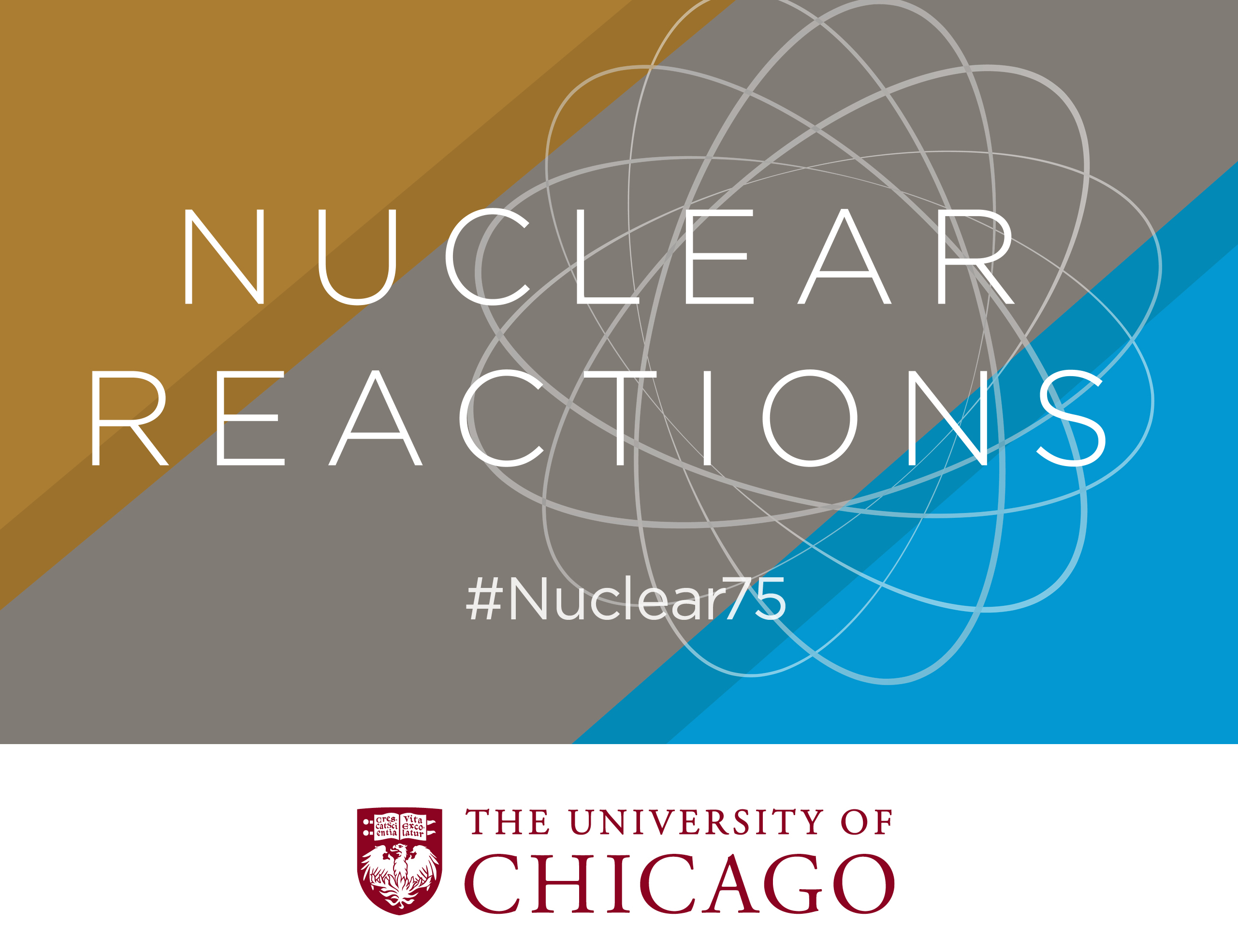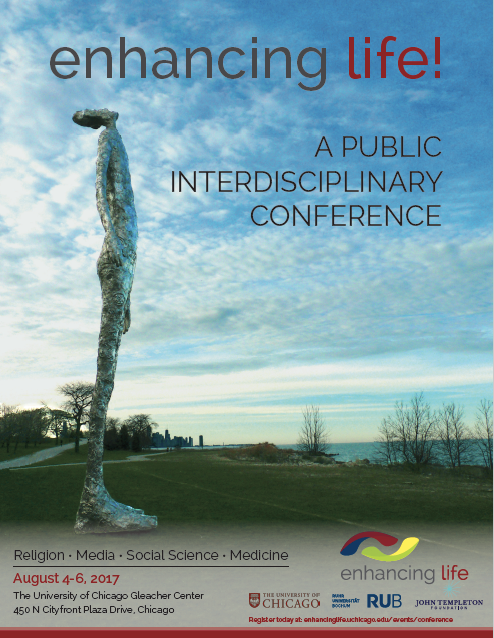“Argonne OutLoud,” the lab’s free public lecture series, highlights the cutting-edge research taking place at Argonne as well as collaborative research with other institutions, including the University of Chicago. Learn more on their website.
Climate change is real. The only uncertainty about it is the timing and magnitude of the coming changes.
These changes will be profound, affecting health, economics, politics, biodiversity and settlement patterns around the world.
So said Doug Sisterson, research meteorologist at Argonne National Laboratory, during “Climate Change: Fact, Fiction and What You Can Do,” an Argonne OutLoud lecture held March 10 at the University of Chicago’s International House. Argonne OutLoud shares scientific insights from current research with students, scholars and the public.
In the short term, climate change will not primarily manifest as an increase in ambient temperature, but rather as an increase in the number and severity of extreme weather events. In fact, so-called “one-hundred-year” droughts and floods are already occurring more frequently, as are devastating heat waves, cold spells, rainfall, hurricanes and tornadoes.
Sisterson prefers to use the term “climate disruption” because of the harsh effects this problem will have. For example, by the end of the century, Illinois’ climate could well resemble that of present-day central Texas. But climate disruption will impact people in the Southern Hemisphere more—even though countries in the Northern Hemisphere cause most of it.
Fortunately, the oceans absorb much of the sun’s excess heat, which greenhouse gases have been increasingly trapping, but this cushion has its limits. “Even a small change in the oceans’ temperatures will have a huge effect on climate disruption,” Sisterson said. As they warm, oceans will become more acidic; plant and animal life will be harmed; and sea levels will rise, threatening most of the world’s major cities, which tend to be on or near coastlines.
These are a few of the insights that Sisterson discussed as he shared knowledge collected from the research of more than 5,000 scientists who passed through the doors at Argonne and collected vast amounts of data from all over the world.
Read the full article here.




